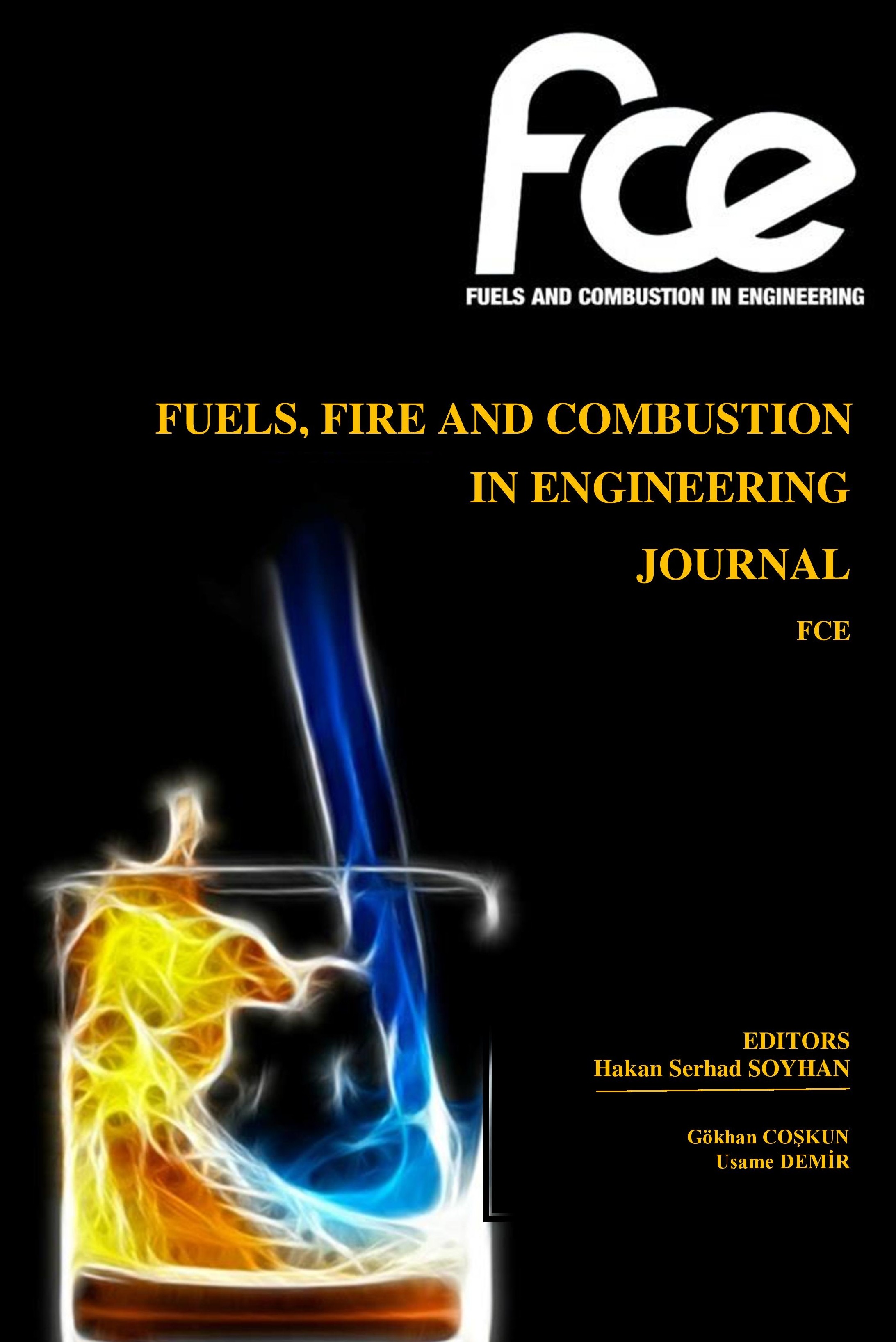EXPERIMENTAL INVESTIGATION OF IN CYLINDER HC CHARACTERISTICS DURING THE FLAME PERIOD BY USING GAS CHROMATOGRAPHY TECHNOLOGY
EXPERIMENTAL INVESTIGATION OF IN CYLINDER HC CHARACTERISTICS DURING THE FLAME PERIOD BY USING GAS CHROMATOGRAPHY TECHNOLOGY
In this study, Ricardo Engine that is a single-cylinder research engine was used. Emission concentrations in the engine cylinder were investigated experimentally during flame period on expansion stroke. Model GSD-10 fast response gas sampling system was used to sample gas in the cylinder. This gas sampling system basically consists of two main units; a high speed operated electro-magnetic gas sampling valve and a high speed exciter designed to provide the exciting current to it. In the study, the high speed gas sampling valve was mounted to the gas chromatograph instrument directly and samplings were done at intended crank shaft angle continuously. The electro-magnetic valve lift time was controlled by setting a time-lag from the TDC reference point of the engine crank angle. This time-lag was set by using angle value of the crank pulse. Crank pulses were provided crank pulse generator. The generator consists of a slit disc to be mounted on the engine shaft exit and a photo electric pick-up. it was designed to generate the crank pulse (360 pulses/rev.) and the reference pulse (1 pulse/rev.) These pulses were provided to the valve controller, and then were amplified and shaped. Experiments were repeated for three different compression ratios . In cylinder gas samples were taken for 10-15 degree intervals after spark plug ignited the mixture in the cylinder. Samples were taken during the flame period which was approximately 60 degree of crank shaft angle after the spark plug ignited. In this study, Agilent 7890A Gas Chromatography system was preferred to analyses HC component of the sampled gas from the engine cylinder. GC-FID (Flame Ionization Detector) analysis method was used to investigate hydrocarbon components. Response time of hydrocarbon components were listed. HC components variation with respect to crank shaft angle was plotted. The effect of compression ratio was analyzed and all results were plotted. The relationship between the engine parameter and the combustion mechanism in the cylinder were discussed
